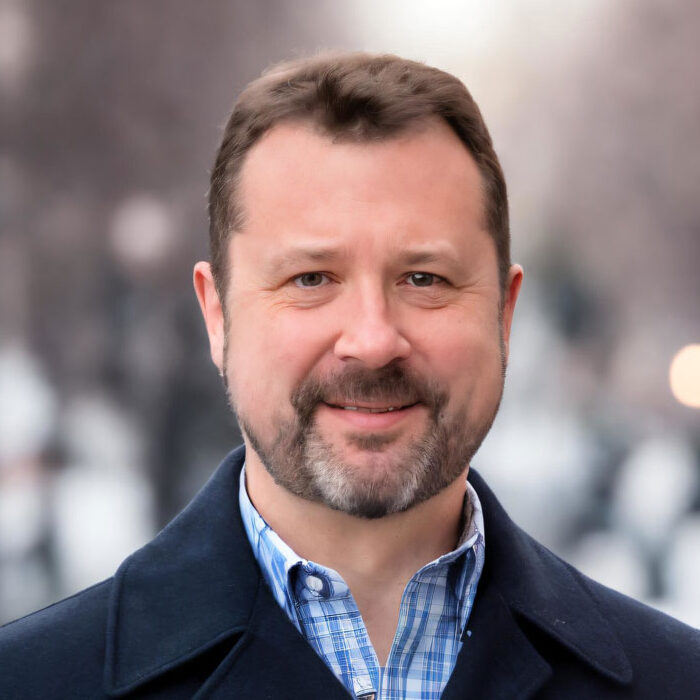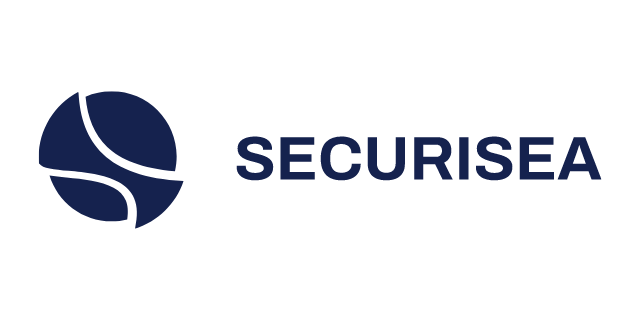-
Government
-
Service Providers
-
Assessors
-
Resources
-
About

JOSH DAYMONT
CEO
Securisea
We know that advancing cybersecurity compliance isn’t a solo journey—it’s a collective effort across assessors, providers, and government stakeholders. That’s why GovRAMP is committed to elevating the insights of our Premier Members and shining a light on the expertise shaping the future of secure cloud solutions.
In this Q&A, we sat down with Josh Daymont, CEO of Securisea, to explore how Third-Party Assessment Organizations (3PAOs) like Securisea are navigating the evolving challenges of GovRAMP compliance, continuous monitoring, and framework harmonization. Drawing from years of experience guiding providers through both GovRAMP and FedRAMP, Josh shares actionable strategies for 3PAOs and providers alike.
Q: How is Securisea approaching the evolving challenges of continuous monitoring and automation in the GovRAMP and FedRAMP space?
Josh Daymont:
“With the pace of change in cybersecurity threats, we see continuous monitoring and automation as foundational—not just for compliance, but for real operational resilience.
We actively leverage updates from the FedRAMP PMO and the GovRAMP PMO, especially their office hours and status communications, to fine-tune our clients’ monitoring strategies. These resources help us adapt controls and reporting practices in response to evolving threats or procedural changes. We’re also investing in automation that brings real-time visibility to system vulnerabilities and control status—so that our clients aren’t just meeting requirements; they’re anticipating risks.”
Q: Where do you see the biggest opportunities in framework harmonization?
Josh Daymont:
“One of the most promising developments is the growing alignment between FedRAMP, GovRAMP, and other frameworks. For companies navigating complex regulatory environments, harmonization reduces redundant effort and creates a clearer path to compliance.
At Securisea, we closely follow the list of participating governments published by GovRAMP. As new state and local entities come online, we use this as a north star for our advisory services—helping clients not only meet requirements but find efficiencies by overlapping their FedRAMP efforts with other frameworks.
But harmonization isn’t just about controls—it’s about aligning language, expectations, and even tooling. Our team is actively helping clients build shared architectures that can serve multiple frameworks simultaneously.”
Q: How are you advising clients on real-time risk communication?
Josh Daymont:
“Real-time risk communication is where automation and monitoring converge. It’s not enough to collect logs or track vulnerabilities—you need a communication strategy that’s timely, transparent, and actionable.
We help clients implement dashboards and workflows that integrate risk data into executive decision-making. Whether it’s an emerging threat or a failed control, our goal is to shorten the feedback loop between detection and response.
What’s made this easier recently is the GovRAMP PMO’s commitment to proactive, transparent updates. Their openness gives us—and our clients—more lead time to prepare, communicate, and adjust. We use that foresight to anchor internal communication strategies that keep stakeholders ahead of risk.”
Q: What strategies have you seen work best for providers managing multiple frameworks like GovRAMP, FedRAMP, CMMC, and CJIS?
Josh Daymont:
“Managing multiple frameworks can be daunting, but identifying overlapping controls is key to efficiency. We recommend adopting a unified control framework that maps common requirements across standards. This minimizes redundancy and streamlines documentation and assessments.
We assist clients in developing integrated compliance strategies, using tools that support cross-framework mappings. By focusing on shared controls and scalable solutions, providers reduce the burden of maintaining separate compliance efforts.”
Q: Can you share any success stories or common pitfalls providers should avoid when pursuing GovRAMP compliance?
Josh Daymont:
“One success story involves a client who integrated compliance efforts early in their development cycle, leading to a smoother and faster authorization process.
A common pitfall is underestimating the resource commitment required for compliance, which can lead to delays and higher costs. To avoid that, we encourage providers to engage experienced advisors, conduct thorough gap analyses, and invest in tools and training early. Compliance isn’t a one-time event—it’s an ongoing commitment. Proactive planning makes the journey smoother and positions providers for long-term success.”
Key Takeaways
Securisea’s insights highlight practical, proven strategies for navigating GovRAMP compliance while building scalable, future-ready security practices. As the regulatory landscape continues to evolve, GovRAMP remains committed to amplifying member expertise and fostering collaboration across the ecosystem.
Interested in learning more about GovRAMP membership? Learn more about becoming a member at govramp.org/memberships/.
Meet Our Panelist


Josh Daymont is the founder and CEO of Securisea, Inc., with over 30 years in the cybersecurity field. His experience includes leading numerous security audits and assessments for organizations ranging from small businesses to major cloud hosting and payments companies. His research work for the Defense Advanced Research Projects Agency (DARPA) led to several software security patents. Josh holds more than 25 professional certifications across 15 different compliance standards, including certification as a Senior FedRAMP Assessor, CPA CISSP and many others.